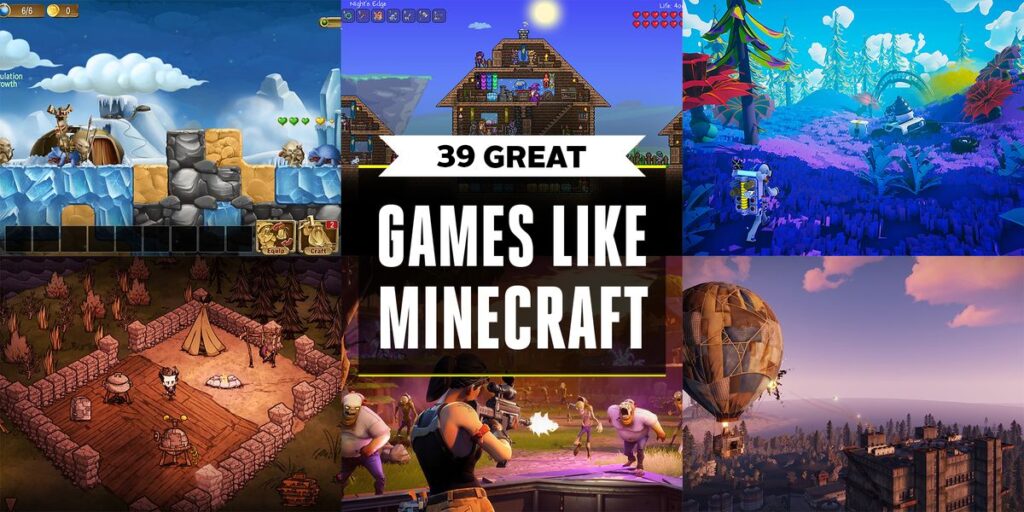Gaming has evolved from 2D pixel art and sprites to immersive 3D worlds, made possible by advancements in technology and graphics processing power. 2D graphics were the pioneers in gaming, but the revolutionary 3D graphics entered the industry at the dawn of the 21st century. Combining 2D and 3D graphics has led to a unique blend of the old and new. As technology continues to advance, augmented and virtual reality technologies are becoming more commonplace, and game developers are likely to continue pushing the boundaries with their creativity and innovation in graphics.
Crafting Visually Stunning Games: The Evolution of 2D and 3D Graphics
Gaming has come a long way since its inception. From simple 2D flat screens to 3D immersive gameplay, the visual aspect of gaming has scaled up impressively. With the advent of modern technologies and improved graphics processing capabilities, game developers now have a much broader playground to create visually stunning games. This article will delve into the evolution of 2D and 3D graphics and how they are used in game development.
The Rise of 2D Graphics
2D graphics were the pioneers in gaming, dating back to the classic arcade games of the 80s and 90s. The term “2D” refers to the two-dimensional representation of an image or object without including the depth. These games relied heavily on pixel arts and sprites to animate objects and characters on the screen. The earlier 2D games were characterized by low-resolution graphics and simple animations, but with time, the quality of 2D graphics has greatly improved.
Innovation in 2D graphics came in the late 90s, with the introduction of anti-aliasing and alpha-blending techniques to reduce pixelation in images. Another significant advancement in 2D graphics was the rise of vector graphics. It helped to achieve smoother animations, higher resolution images, and improved colors. Games such as Super Mario Bros or Donkey Kong were famous examples that introduced 2D graphics to the world of gaming.
Revolutionizing the industry with 3D Graphics
The dawn of the 21st century marked the arrival of the revolutionary 3D graphics in gaming, which took the industry by storm. In contrast to 2D graphics, 3D graphics add depth, texture, and realism to the experience. 3D graphics are built using polygons that form the basis of the objects you see within the game world. Since 3D graphics must calculate lighting, shading, and depth, they require more processing power to render.
3D graphics have come a long way since their inception, from the first-ever 3D game “Maze War” in 1974 to today’s photorealistic 3D graphics. Modern game engines such as Unreal Engine 5 and Unity have revolutionized the industry by making it easier for game developers to create visually stunning worlds. 3D graphics have played a significant role in creating immersive gaming worlds that are now the standard of triple-A gaming titles.
Combining 2D and 3D Graphics
As technology advances, game developers have started incorporating 2D and 3D graphics into a single game to achieve a unique blend of the old and new. The result is a visually stunning experience that brings the best of both worlds together. Games such as Ori and the Will of the Wisps, Celeste, and Hollow Knight have impressed players with their incredible art style and animation.
Pixel art and sprite-based graphics are also staging a comeback in indie games. These games pay homage to retro 2D games by utilizing dynamic pixel arts to create breathtaking worlds. Retro-style 2D graphics provide gamers with a sense of nostalgia, and these games have become very popular in recent years.
The Future of Graphics in Gaming
With advancements in technology and graphics processing power, the future of gaming undoubtedly looks promising. Augmented and virtual reality technologies are becoming commonplace, and they have the potential to change the gaming industry significantly.
It is also likely that game developers will continue to push the boundaries with their creativity and innovation in graphics. New rendering techniques, such as ray tracing, have opened up fresh possibilities. Game engines may also become more powerful, allowing more dynamic elements and more diversity in the game world.
Conclusion
Gaming has seen a remarkable transformation over the years. From the early 2D graphics to today’s photorealistic 3D graphics, we have come a long way. Both 2D and 3D graphics have played an enormous role in crafting visually stunning games that players worldwide continue to enjoy. As we head into the future, game developers will undoubtedly continue to impress with their creative use of graphics in gaming.
